What’s New in Carmenta Server 4.8 and Carmenta Server Core 2021.0
For new features in older releases, click here.
The Complete Web Map Server Offering
Carmenta Server 4.8 and Carmenta Server Core 2021.0 are the new versions of Carmenta’s web map server products, that together offer support for web map services on a variety of platforms, including Windows Server and container platforms such as Docker Containers.
Both map server products are built on an internally scalable architecture based on the Carmenta Engine map server runtime, providing the very high performance and reliability necessary for mission-critical systems.
Carmenta Server and Carmenta Server Core supports reading of a large number of different data sources on various formats, publishing them as web map services on different standardized protocols, for use as background maps and map overlays in 2D and 3D map clients.
In addition, they also allow publishing of advanced interactive geospatial analyses functions, using either built-in or custom algorithms.

Improved Publishing of 3D Services
Applies to: Carmenta Server 4.8 and Carmenta Server Core 2021.0
Carmenta Server and Carmenta Server Core have a rich support for the open-source Javascript library Cesium, used for creating high-performance 3D web map applications.
The process of publishing various services for use with Cesium has been significantly enhanced with the new release. It is now possible to publish a collection of different web map services from a single map configuration, including one or more of:
- A quantized-mesh terrain service for use as a Cesium Terrain Provider
- Raster services for use as Cesium Imagery Providers
- A 3D Tiles service for use as a Cesium 3D Tileset
- Vector services for use as Cesium entities
The regular SDK development tools Carmenta Studio and Carmenta Explorer are used to define and preview the map services, before publishing them.
More Generic Container Support
Applies to: Carmenta Server Core 2021.0
Previous versions of Carmenta Server Core were targeting Docker, being the most popular container engine in use. This new version expands this support to also include Podman, turning Carmenta Server Core into a web map server for more generic container platforms.
Podman is an open-source daemonless container engine for Linux, which is both CLI and binary-compatible with Docker. It has support for containers run as root or in rootless mode. The above allows users to run containers with higher security and integrity with Podman, while still allowing the same CLI interaction and Kubernetes integration as with Docker.
Support for Rootless Containers
Applies to: Carmenta Server Core 2021.0
One of the major benefits of Podman is its support for running containers without full root authority. Carmenta Server Core 2021.0 can be configured to run all its internal processes as unprivileged user accounts without root authority. This increases container isolation and adds a new security layer to minimize the impact of any security breech.
It also allows mounting file volumes in the Carmenta Server Core containers in rootless mode, to further enhance security in the runtime environment.
Support for Tactical Graphics in MIL-STD-2525D and NATO App-6D
Applies to: Carmenta Server 4.8 and Carmenta Server Core 2021.0
Carmenta Server and Carmenta Server have a rich support for visualization of different military symbology standards, such as DOD MIL-STD-2525 and NATO App-6. The support for the “D” version of the standards, which were included in the previous versions of the products, supported point symbology. This has now been extended to include tactical graphics as well.
Bundling of Resources
Applies to: Carmenta Server 4.8 and Carmenta Server Core 2021.0
The distribution and handling of maps and map configuration files have been greatly simplified, with the new support for map bundles in a single file. Simply create a ZIP archive of any number of map configuration files, geodata sources and other resources, copy the ZIP file to a monitored Carmenta Server/Carmenta Server Core catalog folder and let Carmenta Server discover all publishable services contained (and even auto-publish them, if configured to do so).
The map bundles are platform independent and may be created on and/or distributed to Windows and Linux file systems, supporting different multi-platform configurations.
Additional Improvements
Applies to: Carmenta Server 4.8 and Carmenta Server Core 2021.0
The following additional improvements have been made to Carmenta Server 4.8 and Carmenta Server Core 2021.0:
- Built with Carmenta Engine 5.15, the latest version of the Carmenta map engine
- Support for Windows 11 as an SDK development environment
- General Service Publishing Improvements, making it easier to track services as they are published and unpublished, and to analyze and investigate any publishing problems
- GeoPackage reading improvements, allowing the reading of DGIWG profiles and vector tile data (MVT) from OGC GeoPackages using the Vector Tiles Community Extension. The OGC GeoPackage Metadata extension is now partly supported as well.
- Support for reading meteorological data on the GRIB 1 format, including some additional support for visualization of wind barbs
- Improved visibility calculations, allowing analysis of a target area, in addition to the observer’s surrounding area
- Support for raster data in MBTiles files, besides vector data
- Extended Expression syntax, adding several math functions such as abs, sqrt, cos, sin and exp
- Improved timeout handling for external sources, allowing more graceful handling of command and connection timeouts when using external web services or databases as geodata sources
- Label organizing of nautical charts, improving the visibility when S-57 nautical data is used for background maps, and not for navigation scenarios
New Features in Earlier Releases

Carmenta Server 4.7 and Carmenta Server Core 2020.0
The new release focuses on the developer experience, adding more extensive documentation and samples, to help developers getting started producing advanced map configurations. A new RESTful API allows the system administrator to manage web map server settings and the publishing of map services, manually or with script automation. For S-57 nautical charts, the new release also contains improvements in the way tiled nautical charts are published, as well as a simpler handling of S-63 encrypted charts.
Carmenta Server 4.7 and Carmenta Server Core 2020.0 also leverage the new functionality in Carmenta Engine 5.14, including support for the MIL-STD-2525D and NATO APP-6(D) military symbol standards and the ability to read aeronautical data directly from files in the AIXM format.
Read moreCarmenta Server Versions
Carmenta Server 4.7 and Carmenta Server Core 2020.0 together comprise a versatile web map server offering for deployment on Windows Server and the Docker container platform. They share the same scalable architecture based on the Carmenta Engine map server runtime, providing very high performance and reliability necessary for mission-critical systems.
Besides the publishing of background maps and map overlays where geospatial data is read and processed in real-time from a large number of data sources and formats, Carmenta Server and Carmenta Server Core allow the publishing of advanced geospatial analysis functions, using either built-in or custom algorithms.
Since both versions share almost the same set of features, this document applies to both versions, unless otherwise noted.
Nautical Charts Improvements
The support for publishing nautical charts in Carmenta Server and Carmenta Server Core includes reading data on the S-57 format, optionally encrypted using S-63, and visualizing it according to the S-52 specification. The new release contains several improvements to published nautical chart services.

Improved Visualization of Tiled Services
Publishing nautical charts as tiled map services while strictly adhering to the S-52 specification, results in poor handling of certain objects and text labels. The result is a duplication of certain objects and text labels across multiple tiles, as well as clipping near tile borders in some cases.
These problems are solved with the new release, with the possibility to configure the map configuration to adhere to the strict S-52 visualization if required.
Integrated Manager for S-63 Encrypted Data
Carmenta Server and Carmenta Server Core allows using S-63 encrypted data sources for nautical charts. In order to manage the encrypted data in a more practical way, both during development and testing but also in a deployed system, the new release contains a command line tool for management of S-63 User Permits and import of encrypted data. This applies both to initial data import as well as subsequent updates.
Carmenta Server Core: The command line tool may be run either on a developer system with the SDK installed, or in a running container on a production system.
RESTful Administration API
A new RESTful API is introduced which allows system administrators to manage a Carmenta Server installation or a running Carmenta Server Core container. After authentication, a system administrator may retrieve and modify map server settings, retrieve a list of all published map services or map services available for publishing, publish or unpublish them as applicable as well as manage the tile store pre-populator service.
Documentation and Samples
The documentation and samples that are included with the SDK versions of Carmenta Server and Carmenta Server Core have been extended in the new release, in order to aid developers and system administrators getting started quicker and easier with understanding different aspects of configuring and publishing advanced and complex map services. The samples section has been extended to contain a large number of samples to guide and illustrate how different tasks can be achieved.
Carmenta Server Core: Guides and samples are now included to explain how to setup and use networking with Docker Swarm, as well as Kubernetes.
Vector Tiles Improvements
The Vector Tiles interface has seen some improvements with the new release:
- Optimized handling of features that extend over tile boundaries into two or more tiles, by cutting them at tile borders and letting the client application re-connect them, as required.
- Improved service list entries to include all endpoints available for multi-layer Vector Tiles services, simplifying the task of finding all available endpoints for a client application.
Miscellaneous Improvements
The following additional improvements have been made:
- Updated Carmenta Engine runtime to the latest version 5.14
- Support for reading AIXM aeronautical navigation database files on the 5.1 and 5.1.1 formats
- Support for reading and visualizing tactical symbols on the DOD MIL-STD-2525D and NATO App-6D standards
- New SortOperator for sorting features in map configurations
- Carmenta Server Core: Updated Ubuntu base image to Ubuntu 20.04 LTS
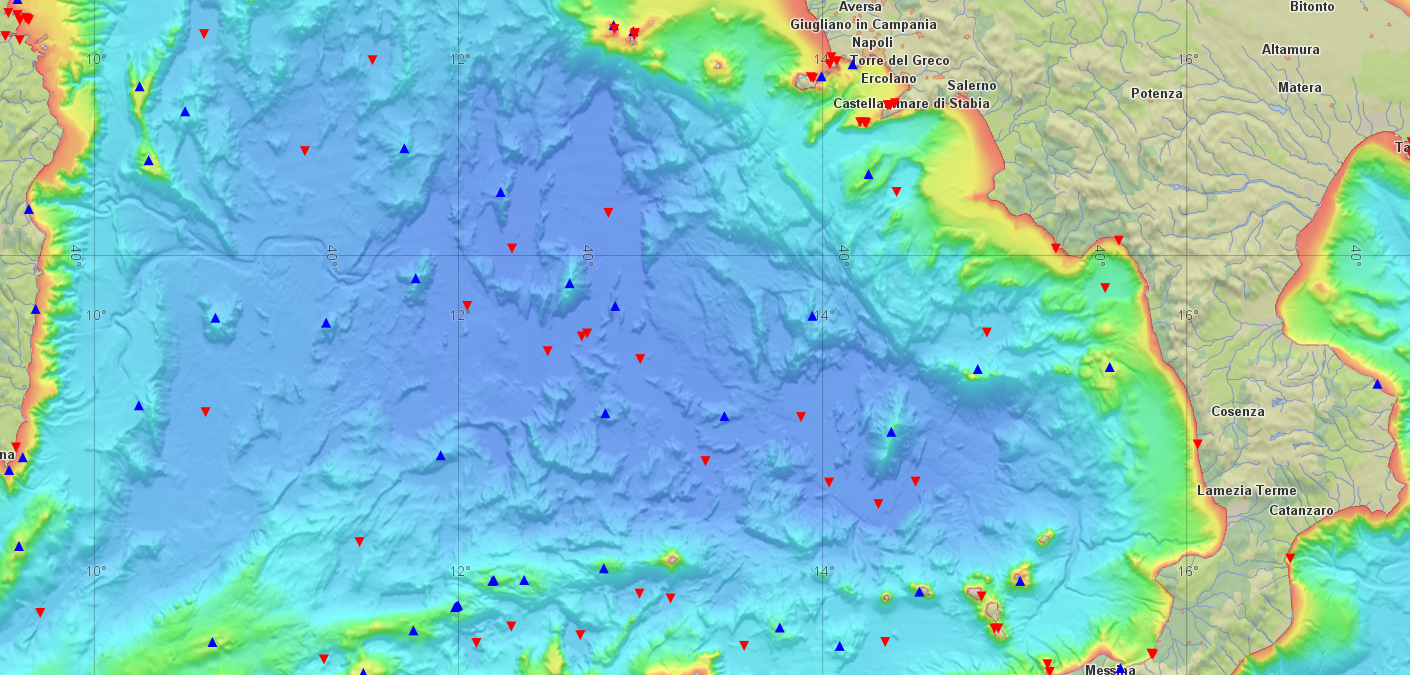
Carmenta Server Core 2019.1
The new release has an improved and simplified packaging and installation of the SDK, which together with simplified license handling will make development and testing of advanced map services easier.
Other improvements include support for reading and publishing tiled raster maps as simplified XYZ / OpenStreetMap Slippy maps, greatly improved 3D Tiles performance for both 3D objects and detailed 3D models, and the addition of Kubernetes resource metrics for monitoring with Prometheus and Grafana.
Read moreThe Web Map Server for Docker Containers
Carmenta Server Core 2019.1 is the new version of Carmenta’s successful web map server for Docker containers. It adds new functionality to the previous version, Carmenta Server Core 2019.0, which was released in the first half of 2019.
Improved SDK Installation
The SDK installation is now packaged and downloaded as a single executable installation application (Windows) or run file (Linux). The installer will install the complete SDK package content:
- Carmenta Studio and Carmenta Explorer map configuration development tools
- Carmenta Server Core service samples with sample geodata
- Carmenta Server Core SDK documentation
Together with one or more Carmenta Server Core 2019.1 Docker images which are downloaded separately, this comprise the complete SDK environment for developing and testing web map services on a developer PC.
Simplified License Handling
The Carmenta Server Core license handling has been simplified in the new release.
For development, a single SDK license file will be used for installation of the map configuration tools, and for running containers to test the map services on a local Docker Desktop installation. The license file will contain the SDK license key (Windows or Linux), together with two runtime license keys for Windows- and Linux-based Carmenta Server Core containers.
For deployment, a single Production license file will contain runtime license keys for both Windows- and Linux-based Carmenta Server Core containers. Deployment may be made using either or both base image types in parallel.
Support for XYZ / Slippy Maps Services
With Carmenta Server Core 2019.1, support is added for yet another tile based web map service. In addition to the already supported OGC interfaces WMTS (Web Map Tiled Service) and WMS-C (Web Map Service Tile Caching) for raster map tiles, as well as the tiled vector map interface Vector Tiles, Carmenta Server Core now supports XYZ-compatible links (known as OSM Slippy Maps).
The XYZ-compatible links allow simpler retrieval of raster map tiles, with no need for Capabilities document being fetched and parsed, and where parameters such as reference system, scale levels etc. are fixed. The XYZ / Slippy Maps interface is compatible with for instance the OpenLayers OSM (Open Street Map) layer or the Carmenta Engine OgcWmtsLayer using a simple template tile URL.
Improved 3D Tiles Performance
The Cesium 3D Tiles service that was introduced in Carmenta Server core 2019.0 has undergone an overhaul to significantly improve its performance. For 3D Tiles based on 3D objects such as building polygons or more general objects, the performance is improved up to ten times compared to before. When used for detailed 3D Models based on Collada data or similar, the performance is improved up to four times compared to before.
Kubernetes Resource Metrics
Carmenta Server Core 2019.0 introduced a couple of Kubernetes probes to monitor the container state (readiness and liveness probes). The new version in addition contains support for Prometheus-compatible resource usage metrics, to monitor services and resource statistics. The monitoring can be used with Prometheus and Grafana dashboards for instance.
Service List JSON
To retrieve a view of the published map services in a Carmenta Server Core map container, a number of interfaces are available. Previously an OGC WMC service could be called per map service to retrieve overview information of the services different endpoints and metadata. In addition, a non-standard WMC service was published that allowed a client to retrieve a simplified view of all services in the map container.
With Carmenta Server Core 2019.1 this simplified view now supports retrieval as a JSON document, to allow easier creation of objects in a client application. In addition, the JSON document now contains all metadata necessary for instantiating map layers for most service types, without the need to retrieve additional Capabilities documents in most cases.
Miscellaneous Improvements
The following additional improvements have been made in Carmenta Sever Core 2019.1:
- Updated Carmenta Engine runtime, to latest version 5.13
- Updated Windows base image, from Windows Server version 1809 to Windows Server Core 2019 LTSC
- Support for SQL Server Integrated Security connection strings
- Support for reading XYZ/Slippy Map services, when Carmenta Server Core acts as a proxy server for remote services
- Open JDK is now included and installed with the SDK, removing the requirement for a separate Java Runtime Environment
- Significant performance improvements to TerrainRouteOperator and TerrainAccessOperator for analysis of terrain routes and access based on terrain etc.
- Extended functionality for TerrainRouteOperator and TerrainAccessOperator to cover more analysis scenarios
- New RidgeOperator to analyse elevation data for ridges, valleys and peaks
- Improved Linux and Windows path and file name compatibility
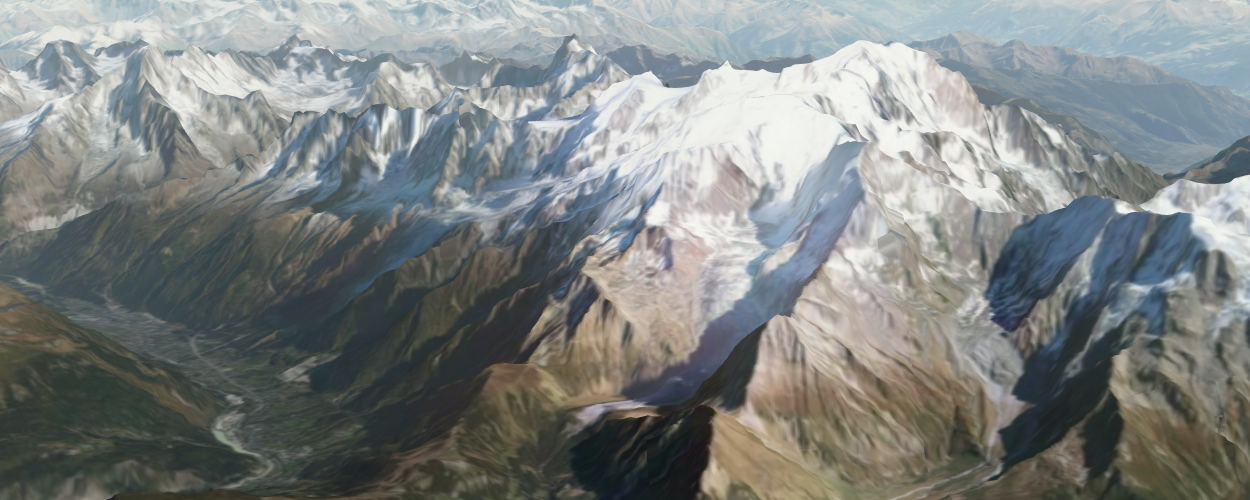
Carmenta Server 4.6
New features include improved 3D support with a new 3D Tiles service, an optimised Cesium terrain service and improved support for 3D models.
The Vector Tiles support has been enhanced to allow integration with Carmenta Engine-based clients, allowing them to consume Vector Tiles services including styling with a minimum of configuration, as well as support for reading MBTiles files.
Carmenta Server now also includes a new browser-based documentation.
Read moreThe Web Map Server for Windows Server
Carmenta Server 4.6 is the new minor update to Carmenta’s successful web map server for Windows Server deployment. For Docker container deployment, please refer to the new Carmenta Server Core product version. The new minor update contains the same scalable architecture as before based on the Carmenta Engine map server runtime, which provides high performance and reliability. The codebase has now been moved to the open-source frameworks .NET Core and ASP.NET Core. Furthermore, the 3D and Vector Tiles interfaces have had additional functionality added to them.
.NET Core and ASP.NET Codebase
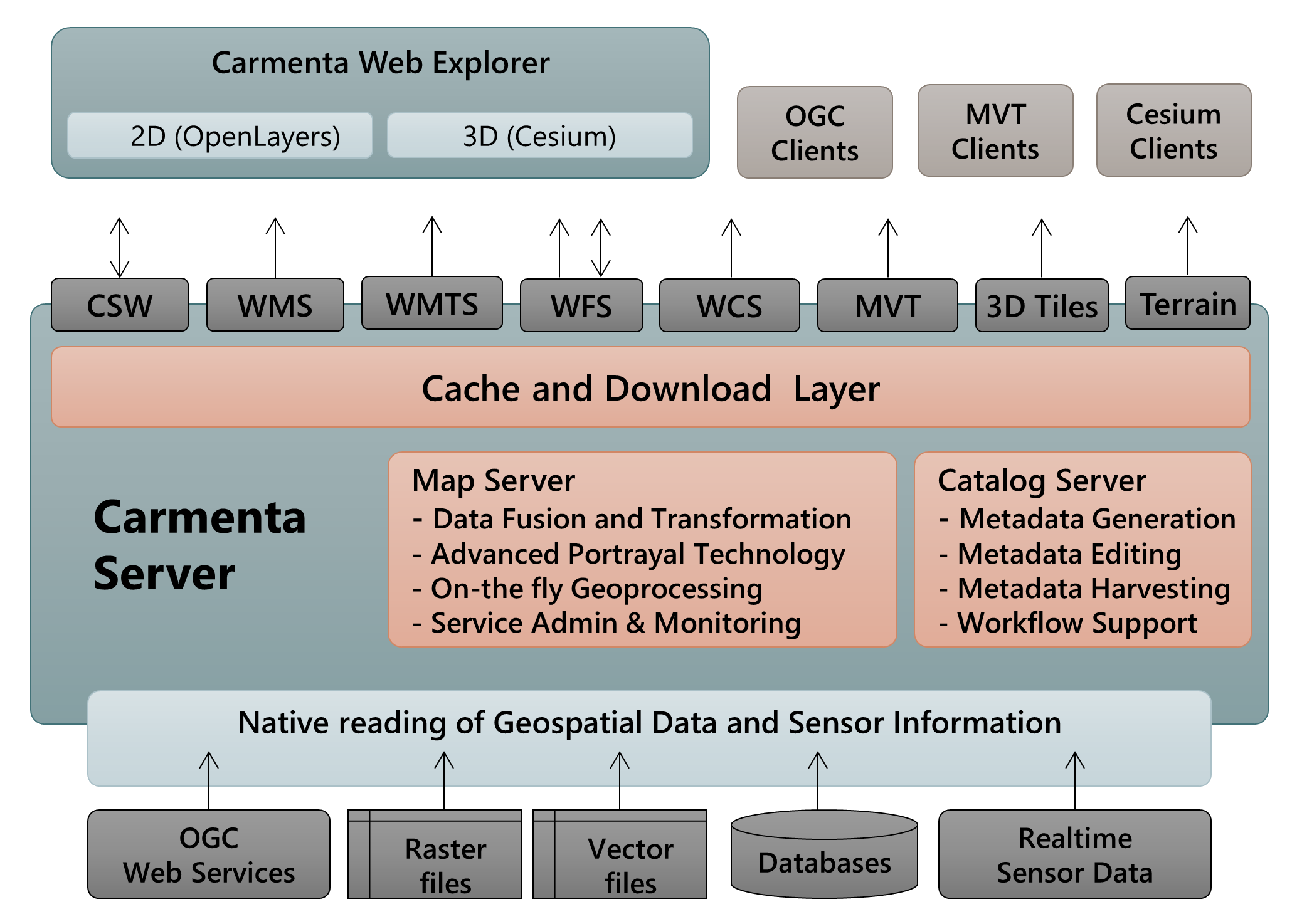
The codebase for Carmenta Server 4.6 has been moved to the open-source frameworks .NET Core and ASP.NET Core. The modern Core versions of the Microsoft frameworks are developed together by Microsoft and the open-source community, and offer advantages such as:
- Lighter and more streamlined runtime
- Improved performance
- More flexible updates and maintenance
- Open-source contributions
- Modular architecture
The codebase is shared with the new product version Carmenta Server Core, which is targeting Docker containers. This allows both Carmenta Server product versions to take advantage of the same stable codebase, while allowing both to benefit from new, shared features in the future.
Improved 3D Support
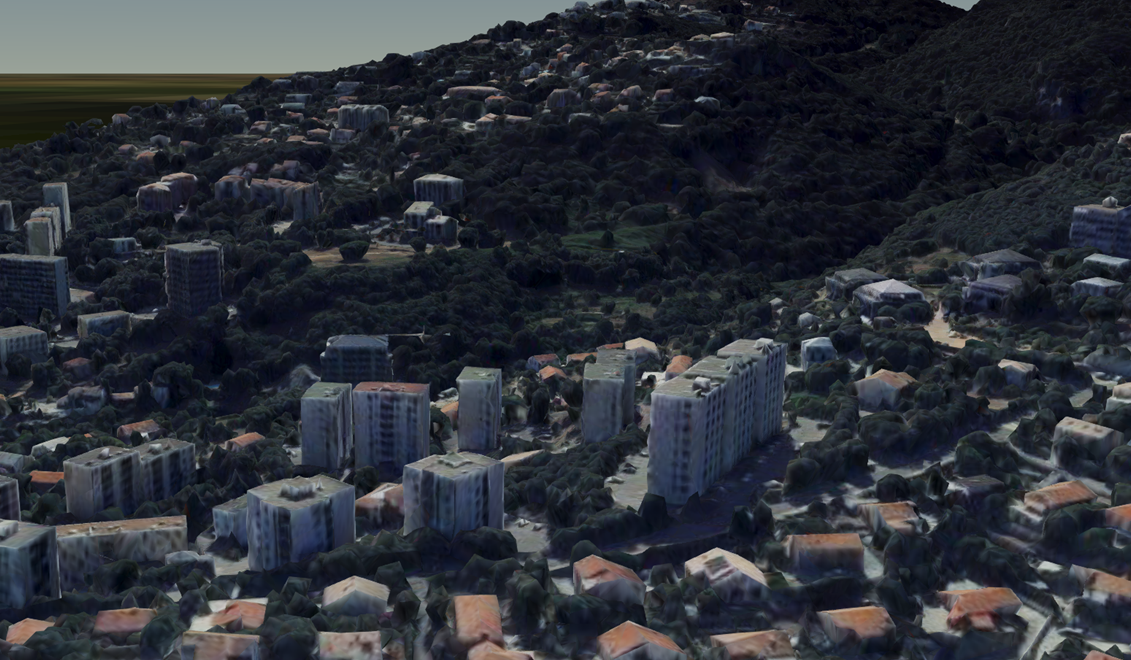
The support for 3D has been improved in Carmenta Server 4.6 through the following:
- New 3D Tiles service
The 3D Tiles service allows 3D web map clients to consume detailed 3D geospatial datasets such as detailed city models and building polygons. The data sources can either be complete detailed 3D models (see below), or a combination of elevation data and vector data, which may be used to generate objects, for instance buildings. - Optimised Cesium terrain service
The Cesium terrain service has been replaced with a quantised-mesh terrain service, which offers higher performance and lower bandwidth needs. - Improved support for 3D models
3D Tiles may be generated from several different 3D models, including COLLADA, OpenFlight, glTF and OBJ 3D.
Extended Vector Tiles Support
The Vector Tiles service support in Carmenta Server has been extended with the following new functionality
- Improved integration with Carmenta Engine-based clients
Carmenta Engine-based applications can now consume Vector tiles services published by Carmenta Server, including styles information. By further making use of the Symbols and Visualisation services in Carmenta Server, Carmenta Engine-based applications can consume Carmenta Server’s Vector Tiles services with a minimum of client-side configuration required, allowing excellent re-use of server-resources. - MBTiles file reader
The data source for Vector Tiles services now includes local vector tiles data from MBTiles files, in addition to other vector data sources.
Browser-based Documentation
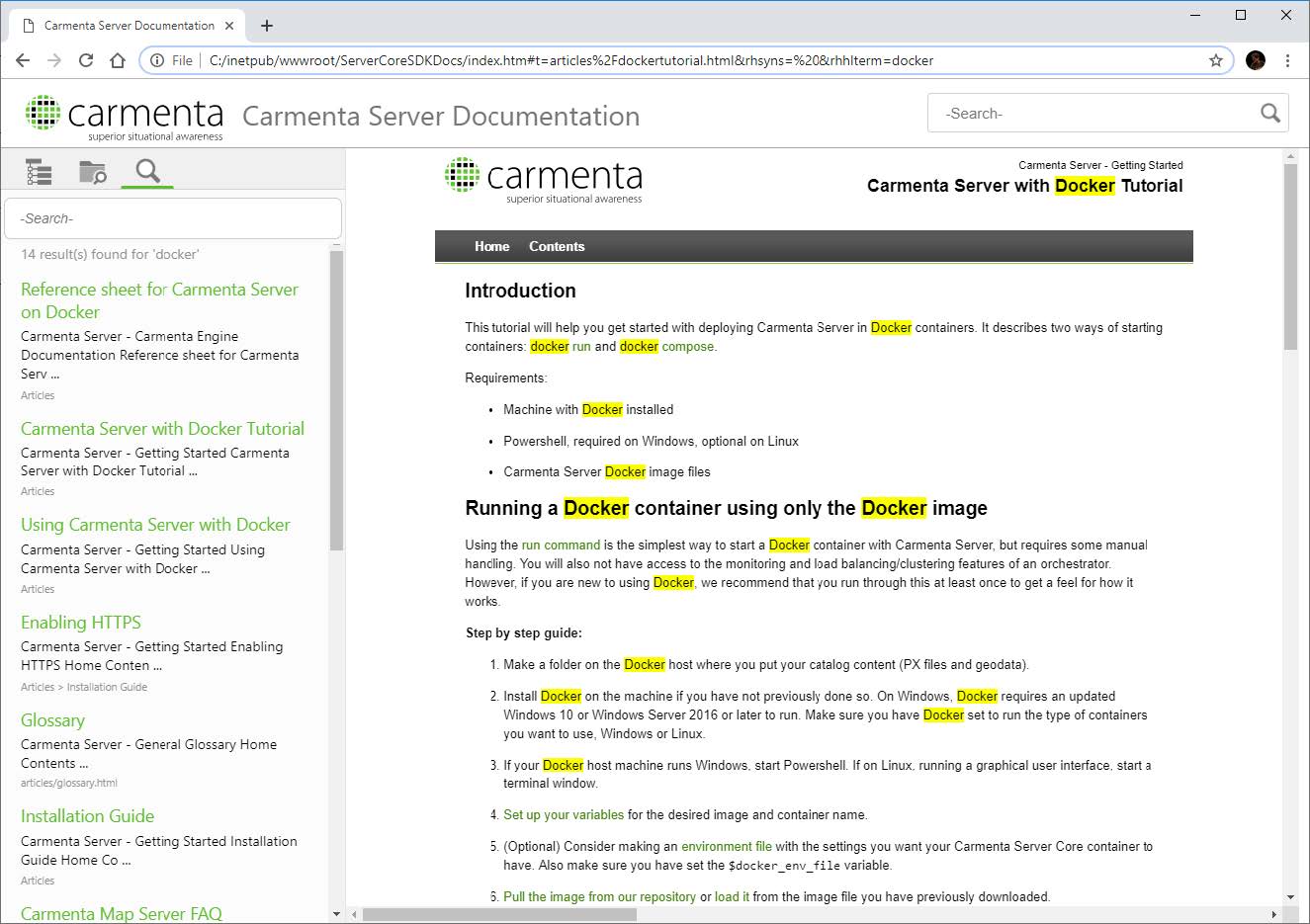
The documentation for Carmenta Server 4.6 is now delivered as a set of HTML files, allowing it to be viewed in any web browser. The HTML files can easily be searched for relevant keywords and definitions, and navigation in the pages is greatly simplified with the support for multiple browser tabs.
Miscellaneous Improvements
The following additional improvements have been made in Carmenta Sever 4.6:
- Updated Carmenta Engine runtime, to latest version 5.12
- Support for reading Raster Attribute Tables
- Support for generating Vertical Profiles using thematic raster data
Product Documentation Archive
For product documentation related to earlier releases, click here.